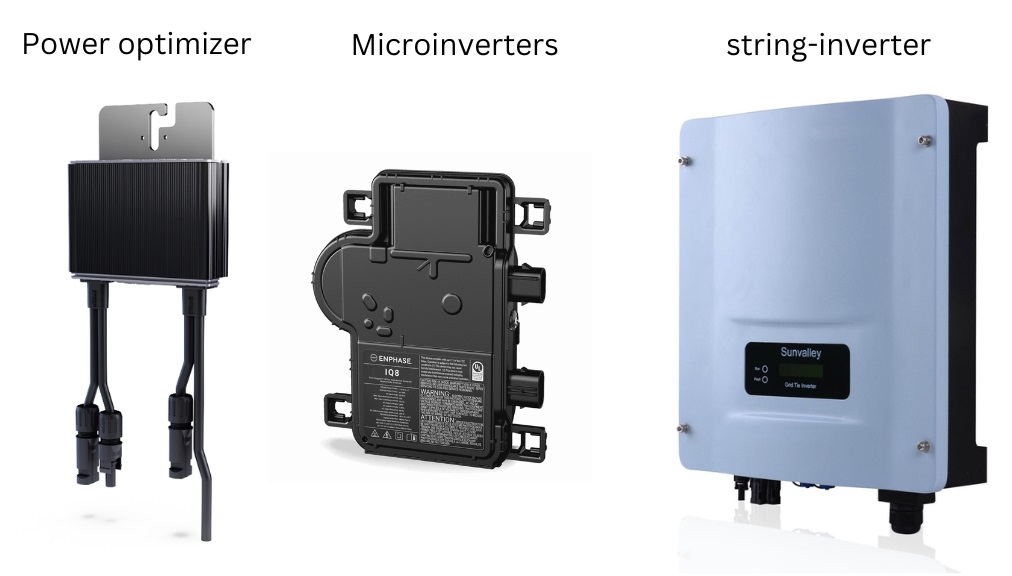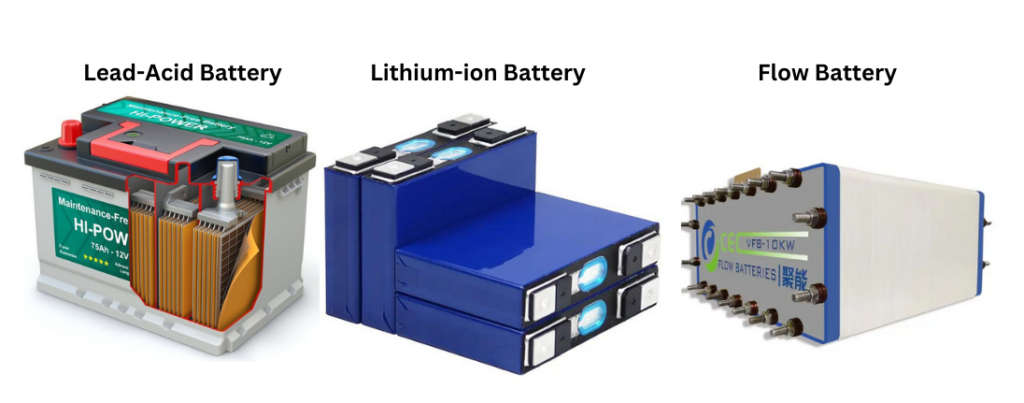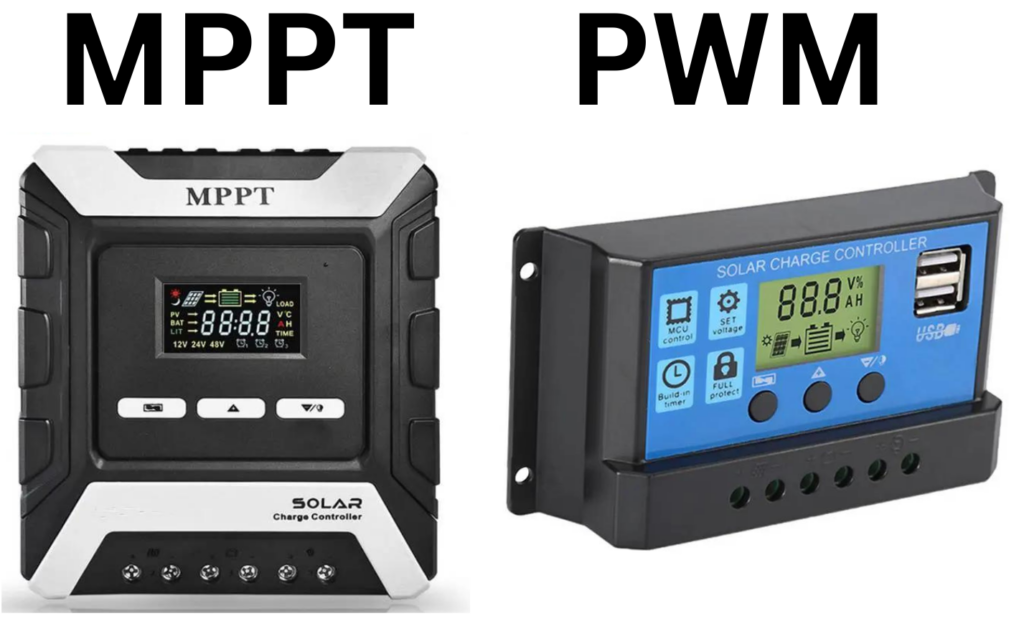Introduction: The Power of Solar Energy at Your Fingertips
Have you ever wondered how you could harness the sun’s energy to power your home or small business? Solar power systems have become increasingly popular and accessible, offering a clean and renewable energy source that can significantly reduce your carbon footprint and energy bills. Whether you’re a DIY enthusiast, a student exploring renewable energy options, or simply someone interested in sustainable living, this comprehensive guide will walk you through everything you need to know about mastering your solar power system. Ready to start your solar journey? Explore high-quality solar panels and accessories here to kickstart your energy independence.
From understanding the basic components to optimizing performance and troubleshooting common issues, we’ll cover all aspects of solar power systems. By the end of this article, you’ll have the knowledge and confidence to make informed decisions about installing, maintaining, and getting the most out of your solar setup. Let’s dive in and unlock the potential of solar energy!
Understanding the Basics: Components of a Solar Power System
Before we delve into the intricacies of mastering your solar power system, it’s essential to understand the key components that make it work. A typical solar power system consists of several main parts working together to convert sunlight into usable electricity.
A solar power system comprises different essential components that work together to convert sunlight into electricity. The key components include solar panels, an inverter, a charge controller, batteries, and a mounting system. Solar panels are responsible for capturing sunlight and converting it into direct current (DC) electricity. The inverter converts the DC electricity into alternating current (AC) electricity, which can be used to power household appliances. The charge controller regulates the charging and discharging of the batteries, ensuring their longevity. Lastly, the mounting system securely holds the solar panels in place, optimizing their exposure to sunlight.
Solar Panels: The Heart of Your System
At the core of any solar power system are the solar panels. These are the visible, often roof-mounted arrays that capture sunlight and convert it into electricity. Solar panels are made up of photovoltaic (PV) cells, typically silicon-based, which generate direct current (DC) electricity when exposed to sunlight.
- Monocrystalline panels: Known for higher efficiency and sleek appearance
- Polycrystalline panels: More affordable but slightly less efficient
- Thin-film panels: Flexible and lightweight, ideal for certain applications

The number and type of solar panels you need will depend on your energy requirements, available space, and budget, to know more to calculate your total Solar Panel requirements see here.
It’s crucial to choose high-quality panels that can withstand various weather conditions and provide reliable performance over their expected lifespan of 25-30 years. To look for reliable solar panels that match your needs. Check out our recommended solar panel options here for high efficiency and durability.
Inverter: Converting DC to AC
While solar panels produce DC electricity, most household appliances and the power grid operate on alternating current (AC). This is where the inverter comes in. The inverter is a critical component that converts the DC electricity from your solar panels into usable AC electricity for your home or to be fed back into the grid. Find the perfect inverter for your system here to ensure optimal performance and efficiency.
There are three main types of inverters:
- String inverters: A single inverter for the entire system
- Microinverters: Small inverters attached to each individual panel
- Power optimizers: A hybrid approach combining string inverter technology with panel-level optimization

Each type has its advantages and is suited to different scenarios. For example, microinverters can be beneficial if some of your panels are partially shaded, as they allow each panel to operate independently.
Battery Storage: Saving Power for Later
While not essential for all solar power systems, batteries are becoming an increasingly popular addition. They allow you to store excess energy generated during sunny periods for use during cloudy days or at night. This can greatly increase your energy independence and provide backup power during grid outages.
- Lithium-ion batteries: Efficient, long-lasting, but more expensive
- Lead-acid batteries: More affordable but require more maintenance
- Flow batteries: Emerging technology with potential for longer lifespan

The capacity and type of battery you choose will depend on your energy needs, budget, and available space. It’s important to consider factors such as depth of discharge, cycle life, and warranty when selecting a battery system. Interested in storing solar power for later use? Explore top-rated battery storage solutions here for long-lasting performance.
Charge Controller: Protecting Your Battery
If your system includes batteries, a charge controller is essential. This device regulates the voltage and current coming from the solar panels to the battery, preventing overcharging and extending battery life. There are two main types:
- PWM (Pulse Width Modulation) controllers: More affordable but less efficient
- MPPT (Maximum Power Point Tracking) controllers: More expensive but can increase charging efficiency by up to 30%

Mounting System: Securing Your Panels
The mounting system is what keeps your solar panels securely in place, whether on your roof or ground-mounted. It’s crucial to choose a sturdy, corrosion-resistant mounting system that can withstand local weather conditions and is compatible with your specific panel type.
Planning Your Solar Power System: Key Considerations
Now that we understand the basic components, let’s look at the important factors to consider when planning your solar power system.
When planning your solar power system, there are several key considerations to keep in mind. First and foremost, you need to determine the optimal location for your solar panels. This typically involves finding an area with maximum sunlight exposure throughout the day. Additionally, it’s important to calculate the required system size based on your energy needs and available roof or ground space. Another crucial factor to consider is the orientation and tilt angle of your panels to maximize solar energy capture. Lastly, obtaining the necessary permits and understanding local regulations is essential to ensure a smooth installation process. Explore high-quality solar panels and accessories here to kickstart your energy independence.
Assessing Your Energy Needs
The first step in planning your solar power system is to understand your energy consumption. Review your electricity bills from the past year to get an idea of your average monthly usage. This will help you determine the size of the system you need.
- Calculate your daily energy use in kilowatt-hours (kWh)
- Consider seasonal variations in energy consumption
- Factor in any planned increases in energy use (e.g., electric vehicle charging)
Evaluating Your Site
The effectiveness of your solar power system depends greatly on your location and the specifics of your site.
- Sun exposure: Ideally, your panels should receive direct sunlight for most of the day
- Roof orientation: South-facing roofs are optimal in the Northern Hemisphere
- Roof condition: Ensure your roof is in good condition and can support the weight of panels
- Shading: Identify any trees, buildings, or other obstructions that might shade your panels
For more detailed calculations on how to determine your energy needs see this 5 Ways of Solar Panel Sizing for High Energy Yield
Understanding Local Regulations and Incentives
Before installing a solar power system, it’s crucial to be aware of local regulations and available incentives.
- Check local zoning laws and building codes
- Research permit requirements for solar installations
- Look into federal, state, and local tax incentives or rebates
- Investigate net metering policies in your area
Installing Your Solar Power System: DIY vs. Professional
Once you’ve planned your system, the next step is installation. While many aspects of solar power system installation can be DIY-friendly, it’s important to recognize when professional help is needed.
DIY Installation: Pros and Cons
- Pros:
- Can significantly reduce installation costs
- Provides a deeper understanding of your system
- Allows for customization to your specific needs
- Cons:
- Requires significant time and effort
- May void warranties if not done correctly
- Potential safety risks, especially with electrical work
Professional Installation: What to Expect
If you opt for professional installation:
- Get multiple quotes from certified solar installers
- Check reviews and ask for references
- Ensure they handle permits and paperwork
- Discuss warranty and maintenance plans
Remember, even if you choose professional installation, understanding your system will help you communicate effectively with installers and make informed decisions.
Optimizing Your Solar Power System Performance
Once your system is installed, there are several ways to ensure it operates at peak efficiency.
After installing your solar power system, it is essential to regularly monitor and maintain it to optimize its performance. This includes cleaning the solar panels regularly to remove dust and debris, as well as checking for any signs of damage or malfunction. Additionally, keeping track of your system’s energy production can help you identify any potential issues and make necessary adjustments. Finally, consider investing in energy storage solutions to maximize the utilization of the energy generated by your solar power system. Interested in storing solar power for later use? Explore top-rated battery storage solutions here for long-lasting performance.
Regular Maintenance and Cleaning
Solar panels are generally low-maintenance, but regular care can improve their performance:
- Clean panels periodically to remove dust and debris
- Check for any damage or loose connections
- Keep panels free from shade by trimming nearby trees
Monitoring System Output
Many modern inverters come with monitoring systems that allow you to track your solar power production in real time. This can help you:
- Identify any drops in performance quickly
- Understand your energy production and consumption patterns
- Make informed decisions about energy use
Maximizing Energy Efficiency
To get the most out of your solar power system:
- Use energy-efficient appliances
- Schedule high-energy activities during peak sunlight hours
- Consider smart home technology to automate energy use
Troubleshooting Common Solar Power System Issues
Even well-maintained systems can encounter problems. Here are some common issues and how to address them:
Reduced Energy Output
If you notice a significant drop in energy production:
- Check for shading or debris on panels
- Inspect for any visible damage to panels or wiring
- Ensure the inverter is operating properly.
- Consider professional inspection if the issue persists
Inverter Problems
Inverter issues can significantly impact system performance:
- Check error codes and consult your manual
- Ensure proper ventilation around the inverter
- Contact manufacturer or installer for persistent problems
Battery Performance Issues
For systems with battery storage:
- Monitor battery charge levels regularly
- Check for correct charge controller settings
- Consider battery replacement if performance degrades significantly over time
Future-Proofing Your Solar Power System
As technology evolves, there are several ways to ensure your solar power system remains effective and efficient for years to come.
Scalability and Upgrades
When planning your initial system, consider future expansion:
- Choose an inverter that can handle additional capacity
- Ensure your roof has space for more panels
- Consider a battery-ready system even if you’re not installing batteries initially
Emerging Technologies
Stay informed about new developments in solar technology:
- More efficient solar panels
- Advanced battery storage solutions
- Smart grid integration capabilities
Grid Independence and Microgrids
As battery technology improves, the possibility of going completely off-grid or participating in community microgrids becomes more feasible. Consider how these options might fit into your long-term energy plans.
Conclusion: Empowering Your Energy Future
Mastering your solar power system is an exciting journey toward energy independence and sustainability. From understanding the basic components like solar panels, inverters, and batteries, to optimizing performance and troubleshooting issues, you now have the knowledge to take control of your energy production.
Remember, whether you choose to DIY or work with professionals, the key to success is ongoing learning and engagement with your system. As technology continues to evolve, stay curious and open to new possibilities in solar energy.
By investing time in understanding and maintaining your solar power system, you’re not just reducing your energy bills – you’re actively participating in the renewable energy revolution. So go ahead, harness the power of the sun, and enjoy the benefits of clean, sustainable energy for years to come!
Ready to take the leap? Explore a range of solar products and get started on your solar power system here.





